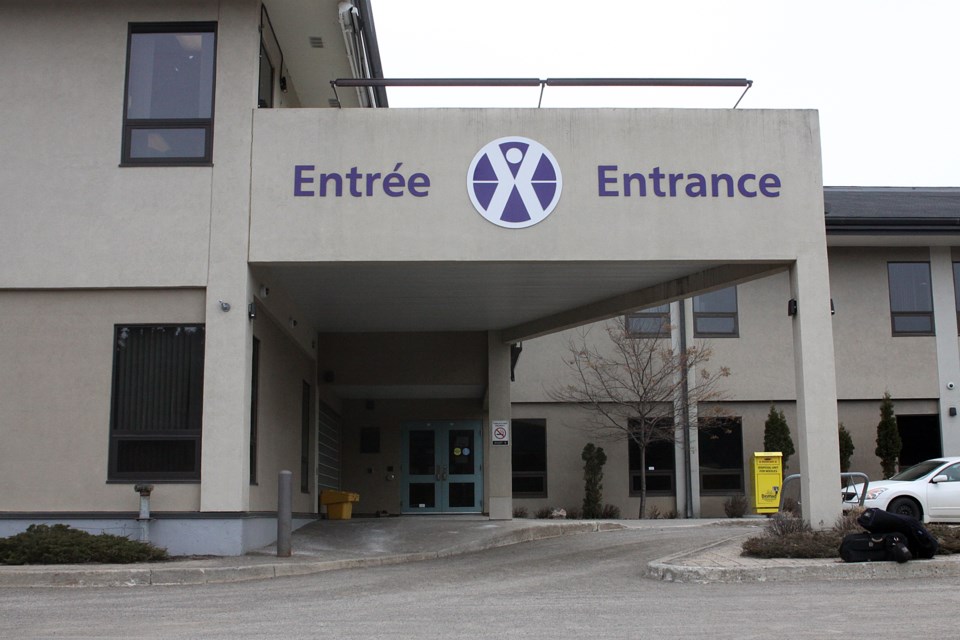THUNDER BAY – Potential restructuring and funding cuts to Ontario's health units could endanger public health, warn Thunder Bay District Health Unit officials.
The Progressive Conservative government's first provincial budget, which was tabled last week, proposes reducing the 35 public health units operating in Ontario to 10 regional agencies, which is projected to result in a reduction of $200 million of funding within two years.
Specifics, such as which health units will be brought together and how the savings will be achieved, have not been publicly revealed by Premier Doug Ford and his government. That uncertainty is troubling for Thunder Bay District Board of Health chair James McPherson.
“Public health especially is frontline and deals with our youth, deals with your families, deals with our vulnerable people,” McPherson said. “Yet we don’t know what changes are going to be. Everybody is in a state of flux. It’s very frustrating. We need to keep going, move forward, stick to our plans and stick to our vision until we find out what the impact is going to be.”
The Thunder Bay District Health Unit is one of two public health units in the region, along with the Northwestern Health Unit that serves the Rainy River and Kenora districts.
But McPherson, a municipal councillor in Greenstone, envisions a scenario where multiple mergers result in one public health unit covering an area spanning from the Manitoba border all the way to Sudbury.
“It’s too much for anyone to coordinate and to have a feel of what’s actually happening in the communities,” McPherson said. “Greenstone to Kenora, that’s huge. We’re two totally different areas. Add another two or three health units into that, how do you do it? We don’t know.”
Thunder Bay District Health Unit medical officer of health Dr. Janet DeMille said given the order of magnitude for the anticipated cuts, it would likely be impossible to avoid cutting programs.
“Public health works before illness happens. It tries to keep people healthy and well, and communities healthy and well,” DeMille said.
“We have strong partnerships with other organizations, schools, social services, health care providers and municipalities, all of whom have a piece of public health. We can all work together to improve the health and well-being of the population. It’s important to have those strong municipal and local connections.”
DeMille pointed to the health unit's infectious disease and immunization programs as two initiatives that are addressing particular areas of high concern locally, especially considering last year's tuberculosis outbreak in Thunder Bay.
“We see rising rates of infectious diseases that are quite significant and huge disparities in who is impacted by that,” DeMille said. "These are very significant and they’re disproportionately impacting certain people in the population.”
Thunder Bay-Superior North Liberal MP Patty Hajdu, who worked at the health unit for nearly a decade, slammed the province's decision to look to at public health as an area to achieve savings.
“It’s extremely disappointing to hear of the Ford Conservative government’s plan to slash health units from 35 across the province to 10," Hajdu said.
"Not only will that make it harder for (many) programs … to exist, but some of the fundamental programs that protect people’s health and safety, things like immunization programs, things like prevention of sexually transmitted disease, education programs around healthy eating, supporting families that are vulnerable through healthy babies program – these are things that actually keep all of us safe, that keep our communities safe, that reduce the incidents of disease."
In addition to the calling for health unit mergers, the Ford government also has plans to consolidate paramedic services from 52 municipal-based providers to 10 regional entities.
Thunder Bay city manager Norm Gale, who is a member of the Association of Municipalities of Ontario's health care task force, said the group discussed the matter during a regularly scheduled meeting on Tuesday but is awaiting more information.
"Details are scant. There are no plans that we can discern right now specifically, nor are there any specific plans by AMO or by specific municipalities," Gale said. "It is important, however, that we work with Ontario and we work with the government to ensure that this vitally important service continues to be delivered with high quality and high performance."
Superior North EMS covers 15 municipalities within the District of Thunder Bay, ranging from Marathon and Manitouwadge to the east, Upsala to the west and Armstrong to the north.
Gale, a former chief of Superior North EMS, acknowledged the vast geography the service already covers.
"There are challenges in distance. That's not necessarily directly related to the structure of the paramedic service," Gale said. "For example, if somebody needs to be transferred from Marathon to the Thunder Bay Regional Health Sciences Centre, that's either done by Ornge or in rare cases by land ambulances. In either case, it's long trips that requires logistics work and equipment."
